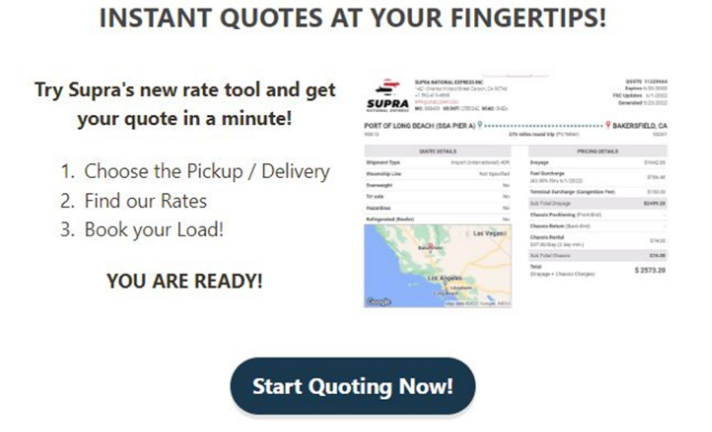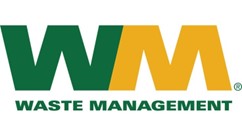Shippers are always looking for ways to optimize their supply chain and save on costs. One way to do this is by using a milk run. A milk run is a type of route planning where shippers consolidate shipments from multiple locations into one trip. Fortunately, combining the use of supply chain technology across every milk run can be a great way to reduce transportation costs and improve efficiency. And milk runs can yield significant benefits, reports All Things Supply Chain, “Milk-run logistics can help companies reduce their inventory levels by making just-in-time (JIT) deliveries. With a milk run, suppliers deliver materials to a central location regularly. From there, the materials are redistributed to individual customers as needed.” But the milk run meaning can be a bit confusing, and finding ways to improve milk runs is even more challenging. There are some things to keep in mind when using this strategy. This blog post will share some tips and tricks for milk run success in logistics and how shippers seeking warehouse transfers to maximize storage space can do so successfully.
Define Your Goals for Each Milk Run
A milk-run process is a form of distribution that involves frequent visits to multiple locations to carry out various activities. To be successful with milk runs, it is crucial to define clear goals and create a plan which includes the resources required, the effectiveness of the operating system, and well-defined measures of success. The goals must be specific and achievable on time. They should include setting targets for cost savings, service improvements, inventory management, and delivery times. Supply chain managers and freight forwarding agents should also use good measurement tools to assess progress accurately and ensure that employees understand their key performance indicators. With well-defined goals and suitable measures of success, milk-run operations can optimize results while improving customer satisfaction.
Develop a Milk Run Route Map
When developing a route map for your deliveries, s into consideration. Whether outsourcing warehouse services or running operations from your facility, being aware of transfer timings will help maximize efficiency overall. Keeping in mind traffic patterns and ensuring Timely delivery is essential to provide good service, so it’s important to plan and allocate enough time for each local area.
Other factors, such as the availability of parking spots and alternative routes, should also be considered when mapping out a delivery route. By considering all these elements, you will have established the most efficient route plan possible, leading to greater customer satisfaction.
Train Your Team
Milk-run operations need to provide comprehensive training for their personnel to run efficiently and safely. Adequate trainingf prevents unexpected issues from happening during milk runs and allows the team to stay on schedule. Milk runs demand a variety of tasks such as driving, loading, and unloading cargo, and manual labor–all of which require specific skill sets that the team must possess to be successful. Employees should clearly understand regulations, safety procedures, policies, and protocols.
To ensure that all members are thoroughly trained, employers can utilize different types of training, such as one-on-one coaching, classroom instruction, computer-based programs, or hands-on seminars. Exercise helps build trust between employees and management while motivating them to accomplish all milk run obligations with quality results. With comprehensive training at the helm, milk runs will surely be able to reach their destinations without issues or delays.
Stay Organized
In warehouse logistics, staying organized and keeping track of orders and deliveries is essential. Not only will this allow warehouse managers to quickly identify and address any issues that may arise during a milk run, but it also helps create an efficient warehouse system by ensuring that inventory levels remain accurate. This makes it easier to maintain the warehouse’s operations which can lead to greater customer satisfaction and loyalty.
Simply put, taking the time to stay organized and manage your warehouse processes will work wonders for warehouse efficiency and customer satisfaction while also reducing your reliance on third-party vendors or transactions for empty container transportation.
Be Flexible
Staying flexible on warehouse transfers is key to maintaining an efficient operation and meeting tight delivery deadlines. No matter how comprehensive the strategy and detailed the planning are, things can still go wrong, or unexpected obstacles can arise. Adjusting and adapting to the situation is an invaluable tool for warehouse managers; staying nimble can mean the difference between successful deliveries and missed opportunities. In many warehouse operations, being flexible is paramount when reaching clients on time and maintaining their trust.
Leverage Tech by Supra to Improve Your Milk Run Efficiency
By staying organized and flexible, you can keep things running smoothly even when you inevitably hit road bumps. If you’re looking for ways to boost your use of street turn container while managing milk runs, check out Supra’s 121 Bermuda today. And be sure to stay tuned to learn more as new technologies and capabilities are released to make it easier to handle milk runs and overall logistics as well.
Get your quote now by trying Supra’s new Online Rate Tool and get your quote within a minute:
Or get in touch with Supra’s Sales Team at (424) 267-1155 or by email: rfp@snecorp.com.









 Become A Partner Carrier
Become A Partner Carrier